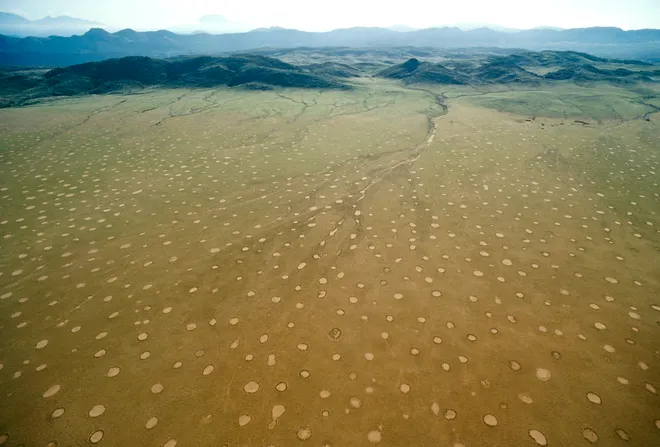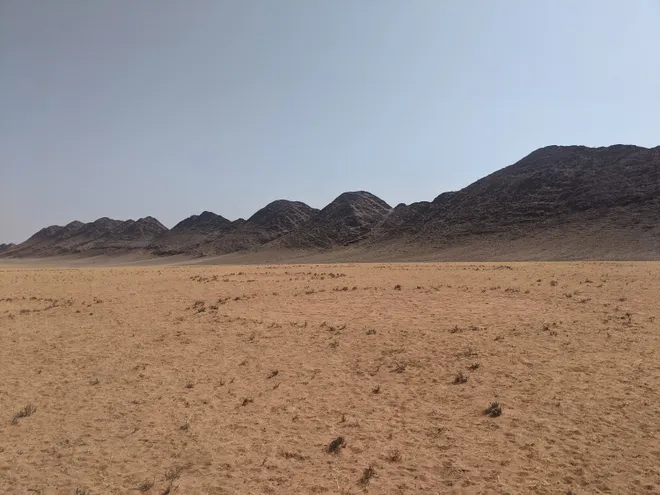Are there any 'fairy circles' in the U.S.? Sadly, new study says no.

The most comprehensive atlas of so-called 'fairy circles' to date was published Monday, a new study reports. In the atlas, the researchers documented 263 new fairy circle sites in 15 countries and in three continents, including sites in Madagascar and Asia.
Alas, none have yet been officially documented in North America.
"Our study provides evidence that fairy circles are far more common than previously thought, which has allowed us, for the first time, to globally understand the factors affecting their distribution" said study co-author Manuel Delgado Baquerizo, in a statement.
The study about the new research was published Monday in the Proceedings of the National Academy of Sciences. The lead author is Emilio Guirado of the University of Alicante, in Spain.
What are fairy circles?
The phenomenon of fairy circles, featuring patterns of bare soil surrounded by circular vegetation patches, has long fascinated and puzzled scientists.
Theories about their causes have ranged from termite activity to poisoning from toxic indigenous plants to contamination from radioactive minerals and even ostrich dust baths, according to the Telegraph.
Whatever their cause, vegetation patterns such as rings, bands and spots sometimes occur in deserts and arid regions.
Prior to this study, they'd only been documented in the drylands of southwest Africa and in central Australia.
'The first atlas of their global distribution'
"Our study provides insights into the ecology and biogeography of these fascinating vegetation patterns and the first atlas of their global distribution," the study authors write.
The world's most famous collection of fairy circles is in southwest Africa: Millions of these fairy circles are in the Namib Desert, which stretches along the Atlantic coasts of Angola, Namibia and South Africa.
The circles, or rings, range in size from about 12 feet to about 114 feet in diameter and consist of bare patches of soil surrounded by rings of grass.

Where are fairy circles found?
According to the new study, "fairy-circle-like vegetation patterns are found in environments characterized by a unique combination of soil (including low nutrient levels and high sand content) and climatic (arid regions with high temperatures and high precipitation seasonality) conditions."
"In addition to these factors, the presence of specific biological elements (termite nests) in certain regions also plays a role in the presence of these patterns," the study said.
How was the fairy circle study done?
With the help of artificial intelligence-based models and close study of satellite images, the researchers found hundreds of new locations with patterns similar to the fairy circles of Namibia and Western Australia.
The new circles were discovered in the Sahel, Western Sahara, the Horn of Africa, Madagascar, Southwest Asia and Central Australia.
So far, no fairy circles have yet been documented anywhere in the Americas or in Europe.

Disclaimer: The copyright of this article belongs to the original author. Reposting this article is solely for the purpose of information dissemination and does not constitute any investment advice. If there is any infringement, please contact us immediately. We will make corrections or deletions as necessary. Thank you.





